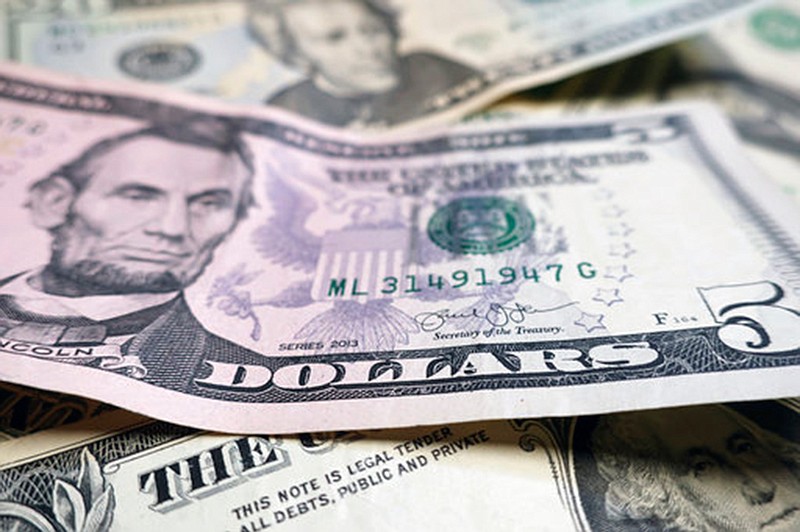The U.S. economy added 134,000 jobs outside of the farming sector last month, coming 51,000 short of projections, but that might have been the only bit of bad news in the monthly jobs report. In short, the economy remains robust. The U.S. unemployment rate fell two-tenths of a percent to 3.7 percent. That is the lowest level since December 1969 when the federal government imposed a military draft lottery for the first time since World War II, the first Boeing 747 rolled off the assembly line and a gallon of gas cost 35 cents.
Of course, there are any number of caveats.
This is not a really new development-the steady decline in the unemployment rate started eight years ago and the trend has simply continued downward during what has proven to be an unusually long economic recovery after a particularly bad recession.
The unemployment rate for teens and minorities did not improve in September. The number of long-term unemployed holds steady at about 1.4 million, and the labor force participation rate didn't change either.
Still, that might be quibbling when compared to long-term averages.
The unemployment rate isn't a record low (it would have to drop to the 2.5 percent of May 1953 to even tie the monthly record), but it's practically in the neighborhood.
Given that development, the expectation of the workforce ought to be, in the immortal words of the fictional football player Rod Tidwell: Show me the money. If workers are becoming increasingly scarce, employers are going to have to pay more to retain and attract them. And as salaries rise, there ought to be a further payoff as those salaried workers buy homes and cars, clothing and essentials.
Yet that payoff has lagged, a hesitancy born perhaps of weaker unions, residual worker fear of unemployment, the growth in low-wage jobs, automation and increased productivity. That's why high-profile companies like Amazon, which we recently lauded for raising starting pay to $15 per hour beginning next month, and the public sector should be setting an example. This is not the time to cap government salaries-as politically popular a cause as that might sometimes be. Federal, state and local governments are not immune to the laws of supply and demand either. If they expect to have quality workers, they should be willing to pay them what they deserve.
That's why the recent agreement between House and Senate Republicans on Capitol Hill to raise federal civilian pay 1.9 percent in 2019 should be viewed by all Americans as good news.
It's all very reasonable to debate about this or that government program, but the notion that all federal workers-the majority of whom earn between $33,000 and $55,000 per year and do not work in the District of Columbia but in far-flung posts across the country-should be denied a cost-of-living boost in times of prosperity is absurd. Better for Congress to set the example. It's time for employers of all stripes to open up the purse strings. The federal government can find its budgetary savings elsewhere (we have plenty on that list beginning with a repeal of recent tax cuts for the uber-wealthy) and pay its own employees a competitive wage.

